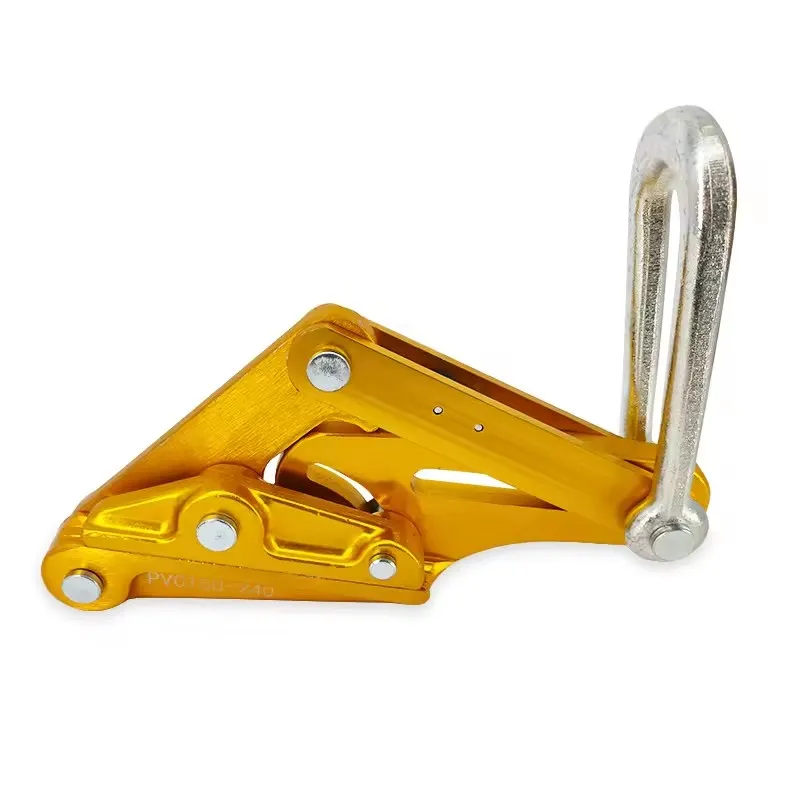


Oct . 09, 2024 08:30 Back to list
Installation of Ground Rod for Electrical Subpanel Safety and Efficiency
Understanding Ground Rods for Subpanels
Ground rods play a crucial role in electrical safety and system reliability. When it comes to subpanels in residential or commercial settings, the installation of a ground rod is essential for protecting equipment and ensuring user safety. A ground rod serves as a grounding electrode that facilitates the proper dissipation of electrical faults and surges into the earth, thus preventing dangerous voltage levels.
Understanding Ground Rods for Subpanels
The ground rod itself is usually made of copper or galvanized steel and must be driven into the ground to a depth that ensures effective grounding. The National Electrical Code (NEC) stipulates that a ground rod must be at least 8 feet long and properly connected to the subpanel with a grounding conductor. The connection must be secure and corrosion-resistant to ensure longevity and reliability.
ground rod for sub panel

One critical aspect of using a ground rod for a subpanel is understanding its capacity to handle fault currents. A properly installed ground rod can safely carry any potential fault current away from the electrical system. This helps in the functioning of overcurrent protection devices like circuit breakers, allowing them to trip and disconnect power during a fault condition, thus preventing equipment damage and reducing the risk of fire.
In addition to safety, having an effective ground rod system enhances the performance of electrical equipment. It reduces electrical noise and improves the overall stability of the electrical supply, which is particularly important in sensitive electronic applications.
Regular inspection and maintenance of the grounding system, including the ground rod, should also be part of a proactive electrical safety strategy. This ensures that any corrosion or damage is addressed promptly, maintaining an effective grounding path.
In conclusion, ground rods are vital for the safe operation of subpanels. They provide critical grounding, protect against electrical faults, and enhance equipment performance. Understanding the proper installation and maintenance of ground rods is essential for anyone involved in electrical work, ensuring the safety of both people and property.
Latest news
Hydraulic Crimping Tool – Precision & Heavy-Duty Speed
NewsNov.05,2025
Cable Pulling Swivel | High-Strength, Anti-Twist, Stainless
NewsNov.04,2025
Cable Pulling Tools – Pro-Grade, Safe, Fast Install
NewsNov.03,2025
Hydraulic Crimping Tool – Fast, Precise, Quick-Change Dies
NewsNov.02,2025
Hydraulic Crimping Tool for Sale | Fast, Precise, Heavy-Duty
NewsNov.01,2025
Duct Rodder for Sale – Non-Conductive, Durable Fiberglass
NewsOct.31,2025









